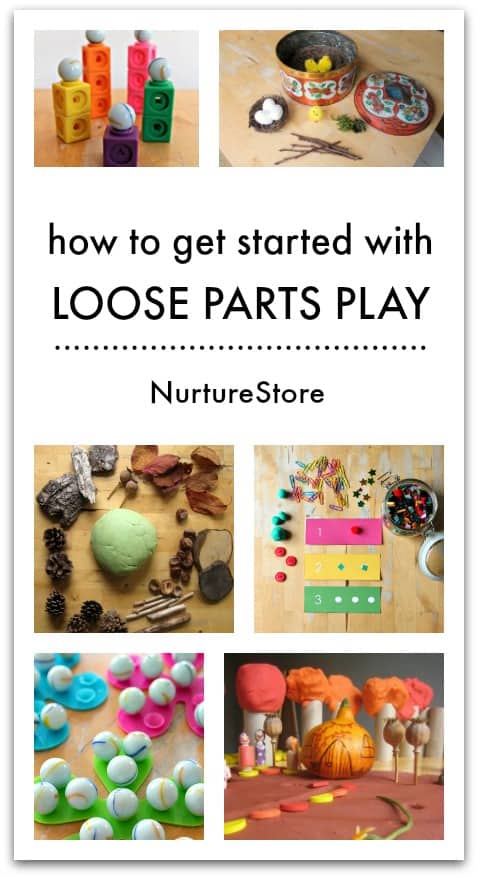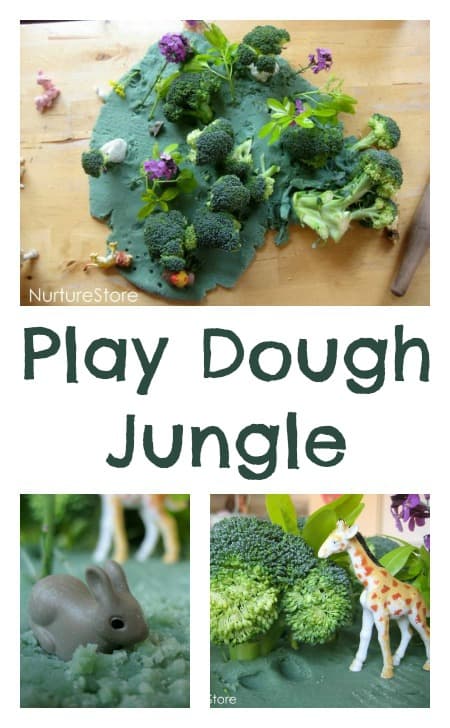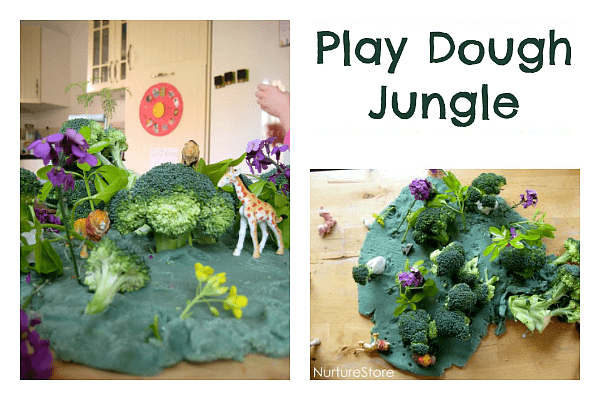Story stones are a great art project and make pretty ‘loose parts’ toys to use for storytelling and pretend play. Here’s a guide on how to make story stones and ideas for how to use them in class and in forest school.
by Cathy James
Story stones are a great art project and make pretty ‘loose parts’ toys to use for storytelling and pretend play. Here’s a guide on how to make story stones and ideas for how to use them in class and in forest school.
by Cathy James
This small world play idea combines sensory play and loose parts to explore the frog life cycle. Come and take a look at our indoor pond!
Click to play on the video above to see our sensory tub masterclass. You’ll learn how to make a sensory tub for your children using simple materials, the benefits of sensory tubs for children, and how to use a sensory tub to teach children about math, literacy, science and fine motor skills.
You’ll also see lots of ideas for sensory tub fillings plus find out how to get great printables to add to your tubs. Subscribe to NurtureStore’s YouTube channel to get more sensory play videos!
We’ve been rather disappointed to have found no frogspawn in grandma’s pond this year, as we really wanted a jar of it to study at home. But, we are not ones to sulk for long! We decided to take matters into our own hands and do the next best thing: create a small world pond in the play room.

I set out a towel to catch any spills and gave the children a shallow tub of water and some grass from our garden sensory tub.

And then we added in some loose parts that we thought might make good ingredients for the pond: bark, leaves, logs, pebbles. The frogs, spawn and tadpoles are part of a set from Insect Lore. We’ve included some clear water beads, which are a great sensory material and make convincing frog spawn, but I would take care with them and certainly not use them if there is any possibility of your children putting them in their mouths. We had 6 – 10-years-old playing here, but for younger children you can simply omit the water beads and still enjoy a lovely pond small world.

It’s tempting to set out the small world play scene yourself, but if you can resist let the children make it by themselves. Whether they create a realistic pond, bringing to life the science and nature study they’ve been doing, or create an imaginary land, perhaps exploring story-lines about happy frog families or frogs and princesses, it’s always interesting to sit back and observe, and get an insight into what is going on in their thoughts.

We discovered nasturtium leaves make perfect lily pads…

and that bark floats – giving our frogs a great place to hang out and tadpole-watch!

If you’ve never set up a small world for children could I encourage you to give it a try this week? I’ve never met a child who doesn’t like them! And especially try one if your children are a little older (it’s my 10-year-old you can see playing here) because I think that opportunities to enjoy this kind of small world imaginary play disappears from classrooms as children get above six, seven, eight… years of age, but really they are still such a valuable and enjoyable way for children to play and learn.
by Cathy James
Ditch the toys today and invite your children to get create with loose parts!

by Cathy James
I see many frozen activities in our future! My daughter hasn’t even seen the whole film yet and she’s already hooked. Here’s her guide to making your own frozen ice palace, for lots of sensory play and imaginary storytelling.
by Cathy James
Some homemade play dough and a few loose parts, together with a child’s imagination, soon make a fabulous jungle small world.

Here’s one way we use play dough for imaginary play and story telling.
Click play on the video above to see our playdough masterclass.
This video gives you everything you ever wanted to know about play dough: how to make homemade playdough with quick and easy recipes; the benefits of playdough for children; and lots of sensory play activities using play dough including playdough math activities, playdough literacy activities, and playdough fine motor skills activities.
Plus find out how to get printable playdough recipe cards and printable play mats. It’s an excellent beginners guide to play dough!
Subscribe to NurtureStore’s YouTube channel to get more gardening and nature study videos!

On offer today we had some homemade green play dough, some leaves and flowers picked from the garden, and a few stalks of broccoli. What could we make?
A jungle small world! My daughter started off by rolling out her landscape…

and then began adding in all the loose parts we had available.
Play dough is a great material as the base for a play scene – the children can mould it, shape it, and it’s good for holding up other materials, such as our flowers and leaves.

Now her jungle small world might not be exactly true to life, but her play was packed with chatting, imagination and story telling.

Playing with small worlds is a great way for children to test out ideas they’ve learned elsewhere – such as the ideas that giraffes can eat leaves from very tall trees…

and to try out creative ideas – such as fetching a fork from the drawer to see it she could make some grass for the rabbits.

And play dough small worlds are perfect for story telling. These lions are called Leo and Athlete and feature in lots of her stories.


by Cathy James
Wondering how to get started with loose parts play? Maybe you want to explain the benefits of loose parts play to parents? Use this guide and printable poster to share the magic of loose parts!

